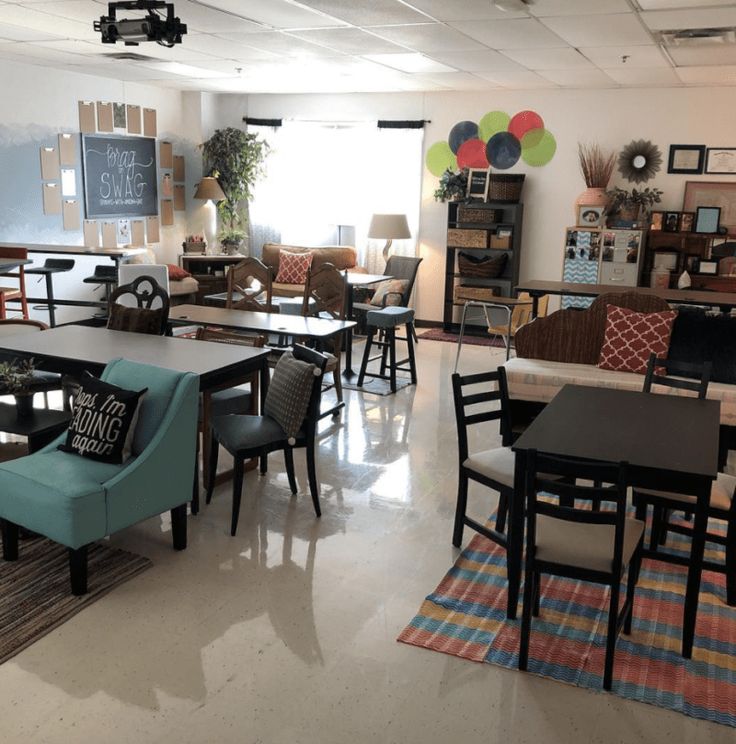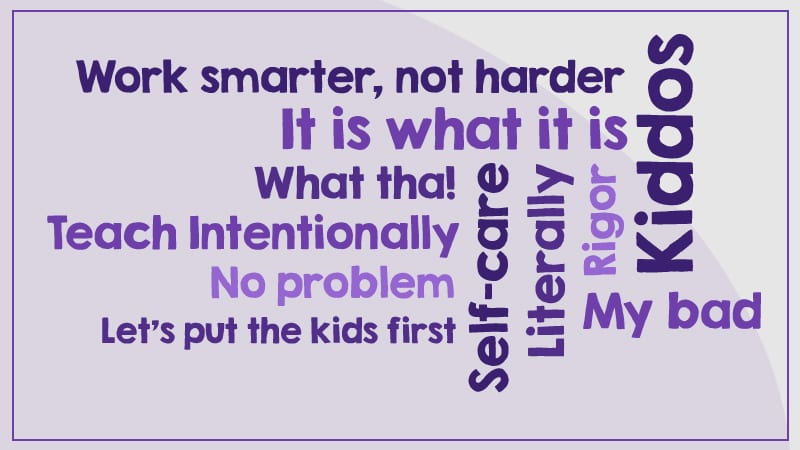The world of education is now facing a historic challenge: a massive teacher shortage. As educators grapple with the new normal of online and hybrid learning due to the COVID-19 pandemic, a sudden influx of resignations has left many institutions struggling to fill important roles. However, punishing teachers who choose to resign is not the solution our education system needs to address this crisis.
The current teacher shortage has roots in several factors that have been building for years. Overcrowded classrooms, inadequate resources, high stress levels, low pay, bureaucratic obstacles, and a lack of professional development opportunities are just a few reasons for the high turnover rates among teaching professionals. These systemic issues became amplified during the pandemic as many educators felt overwhelmed, unsupported, and exposed to health risks they could not bear.
As we look for ways to address this shortage, it is important to understand that punishing teachers for resigning is not only counterproductive but also unethical. Educators should be able to make employment decisions based on their personal circumstances and beliefs without fear of retribution from their employers or society.
Instead of penalizing those who leave the profession, we should focus on improving the conditions that have led them to resign in the first place. Compelling data has shown that offering competitive salaries, smaller class sizes, sufficient resources, and professional development opportunities can all help retain talented teachers in the field. By addressing these underlying problems directly, we can motivate more educators to stay in the profession while attracting new candidates.
Another angle worth exploring is mentorship programs where experienced educators receive additional training to serve as mentors to early-career teachers. This can curb feelings of isolation that new teachers often experience and create pathways for collaboration and support within schools. Additionally, providing emotional help through counseling services or support groups to address stress and burnout can play an essential role in teacher retention.
In times like these, it is crucial that we respect the autonomy and dignity of our educators. If we want to remedy the historic teacher shortage, we must work together to make teaching an attractive profession where dedicated individuals feel supported and valued.
In conclusion, punishing teachers who choose to resign during this dire time is not the solution to our educator shortage. Instead, targeting the root causes of this crisis and focusing on meaningful reforms will create an environment where teachers can thrive and provide quality education for generations to come.











